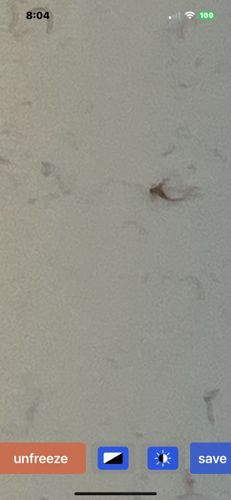Case-bearing Clothes Moth
Scientific Name: Tinea pellionella
Order & Family: Lepidoptera, Tineidae
Size: Larvae up to 1/2 inch (12 mm) in length, adult moths have a wingspan of 3/8 to 5/8 inch (10-16 mm).

Natural Habitat
Indoors, in dark, undisturbed areas where natural fibers are stored, such as closets, attics, storage chests, and carpets. They prefer environments with high humidity.
Diet & Feeding
Larvae primarily feed on natural fibers such as wool, fur, silk, felt, and feathers. They can also feed on lint, dust, and synthetic fibers if mixed with natural ones.
Behavior Patterns
Case-bearing clothes moth larvae spin silken cases which they carry with them, adding to it as they grow. They move slowly within their cases and retract inside when disturbed. Adults are nocturnal, weak fliers, and are attracted to light.
Risks & Benefits
Risk: Significant pests of stored textiles, clothing, carpets, and museum specimens, causing damage through their feeding. No direct benefits to humans, but they are part of the decomposer community in natural settings.
Identified on: 8/27/2025